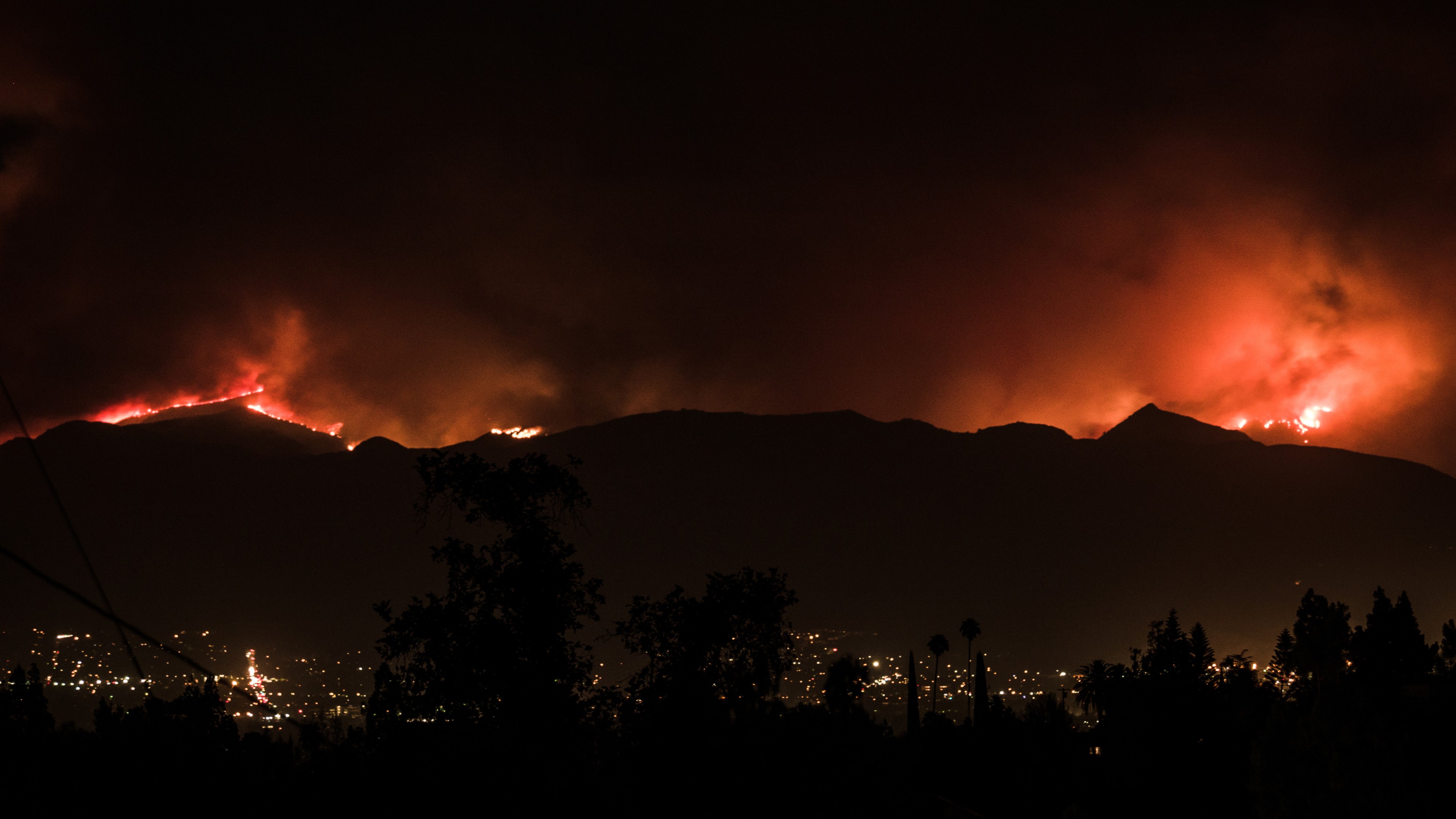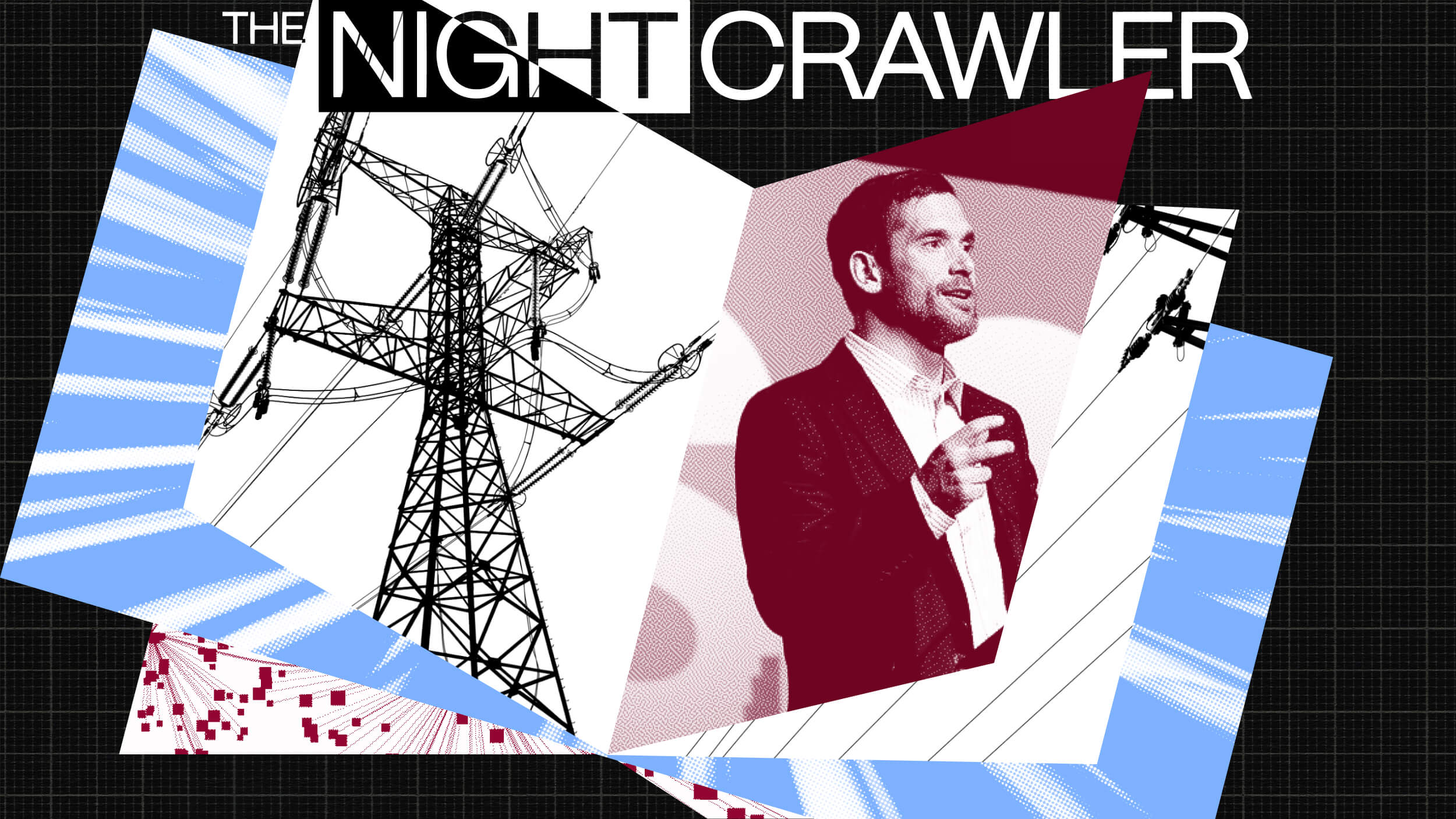The Human Hard Drive: How We Make (And Lose) Memories

Memory is one of the cornerstones of what it means to be human. Recording aspects of the world around us and storing them in our brains for future recall is vital to nearly all advanced human functions. It makes us who we are, and helps us to make sense of reality. But what is really happening in our brains when we are experiencing events and then saving them for later?
Dr. Antonio Damasio, a behavioral neurobiologist at the University of Southern California who has studied the neural systems behind memory for years, says that memory is actually a complex process where the brain scatters information across its neurons and then reconnects it using sequential cues. Our brains are not at all like video cameras, he says; they don’t have the capacity to keep exact film-like representations of everything that happens in our lives. Instead, the brain records conjunctions of details and events in what Damasio calls
“convergence/divergence zones.” When we experience something, our neurons create a code to represent a series of disparate facts about the scene or idea that live in different areas of our brains. Recalling specific events or “memories” is actually a process of pulling together these details to essentially reconstruct a version of reality.
“When you are asked to remember a certain experience that you had today in which you’re talking with person A, listening to the person’s voice, but you also are in a certain context, B, which is the context of a certain room in a certain building,” says Damasio, as an example. “You are going to have the separate recordings of the voice of the person, the sight of the person, the place—but those recordings are going to be reactivated only if another recording of the simultaneity of the event has been made in a convergence/divergence zone.”
And so the brain sends signals forward through convergence, then divergence allows for the process of “retro-activation,” where a memory is called up by putting all of the pieces back together in the mind. A memory is recalled simultaneously in different places, or in rapid sequence in those places, and the different aspects of it come together and can make a record of the proximity and simultaneity of these factors.
Doing it this way solves a great problem of economy for the brain, says Damasio: “Instead of having to record every event that you are going through in your life every day with every kind of person, with the books you read, the things you see and hear and touch and smell, what you need to do is record conjunctions of the occurrence of certain events. And then out of the conjunction, you can replay, you can reconstruct. And so, memory in this perspective is always reconstructive. You’re always trying to get at some approximation of what went on rather than an exact recording of what went on.”
In a Big Think conversation with novelist Siri Hustvedt, Damasio went into further detail about the mechanisms of memory, saying that from a neural standpoint, the structures behind memory are not particularly advanced. “These structures are in of themselves rather dumb,” he says. “It’s not that they know anything consciously. What they know is they have a sort of internal testimony of the simultaneous occurrence of certain things at a certain point.” The fragmented nature of this system is what makes our memory prone to error—particularly when there is an intense emotion attached to an experience. This is why people might misremember details of events in court testimonies.
But memories that we have can also be lost as the neural networks that house them break down with old age. Columbia University professor Ottavio Arancio, who studies Alzheimer’s Disease and the aging brain, has found that memory is, in some part, the function of a molecule known as beta amyloid, which is made by many amino acids in the brain. People with normal levels of beta amyloid in their brains have normal-functioning memory systems; but when the molecule is produced in large amounts it can be toxic to the communication between cells and can lead to memory impairment. “The very likely function of this protein in very low amounts is just to be there to lead to normal memory,” says Arancio. “Without it we cannot store information in the brain, we cannot learn and there will not be normal memory.” But with too much, memory breaks down.
For more videos and information about how memory works, check out Big Think’s series “The Mystery of Memory” series, where writers Tim O’Brien and Augusten Burroughs join Arancio and others to discuss various aspects of the brain and its capacity to remember.
Takeaway
Memory isn’t like a video or film, faithfully recording a sequence of minute details and storing it all intact. Rather, it’s a far more complex procedure, which preserves brain space by filtering out extraneous details while still allowing us to pull together pertinent information about specific events. So a memory is a set of circumstances, details and characteristics strung together—the brain can recreate events by activating specific strings in “convergence/divergence zones” and then accessing all the scattered details attached to the string.
We begin to lose memories as we age when our brains have too much of certain molecules called beta amyloids. While at low levels these molecules are required for our normal memory system, high levels hurt inter-brain communication.
More Resources
— “Posterior parietal cortex and episodic retrieval: Convergent and divergent effects of attention and memory” (2009), Learning & Memory.
— “Convergence and divergence in a neural architecture for recognition and memory” (2009) Trends in Neuroscience.
— Big Think special series The Mystery of Memory.





